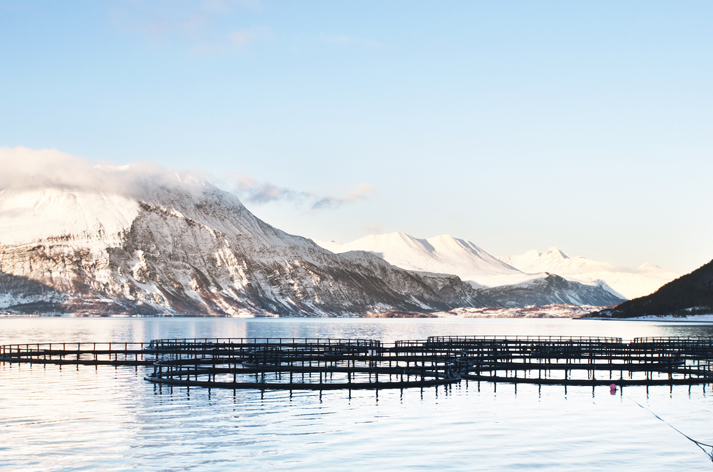This September marks the 37th anniversary of the National Aquaculture Act of 1980, which states that, “It is in the national interest, and it is the national policy, to encourage the development of aquaculture in the United States.”
In honor of this anniversary, let’s take a deep dive into aquaculture and what it means for the future of seafood in America and across the world.
Aquaculture is also known as fish or shellfish farming. It serves many purposes, including seafood production. Not only has it improved nutrition and food security in many parts of the world, it is also one of the most resource-efficient ways to produce protein – fish convert more of the food they eat into body mass than land animals. In fact, fish are ectothermic animals which means they don’t need to use energy for body heat and all energy they consume goes toward growth.
Ready to become an aquaculture expert? Here are a few fun facts and stats to help you blow it out of the water:
How much of the world’s seafood supply is produced from aquaculture?
Globally, aquaculture supplies more than 50 percent of all seafood produced for human consumption – and that number is expected to rise. China is the largest producer of aquaculture followed by Japan, India and Norway. The U.S. is a major consumer of aquaculture products. We import about 90 percent of our seafood, half of which is from aquaculture. However, America’s aquaculture meets only five to seven percent of the demand for seafood.
What types of seafood species are most commonly produced in aquaculture?
Typical seafood species found in aquaculture are oysters, salmon, trout, hard and soft-shell crabs, and other shellfish, such as clams and mussels.
In the US, freshwater aquaculture produces catfish, trout, and tilapia. Molluscan shellfish (oysters, clams, and mussels), account for about two-thirds of marine production, followed by salmon, shrimp, barramundi, sea bass and others.
What are the different aquacultural methods?
There are a few different types of aquaculture:
- Land-Based Recirculating Aquaculture Systems (RAS) recycles water by circulating it through filters to remove fish waste and food and then recirculates it back into the tanks.
- Mariculture cultivates marine organisms, such as flounder, oysters and prawns, in cultured water – either from in the open ocean, enclosed portions of the ocean, or tanks and ponds.
- Integrated multitrophic aquaculture (IMTA) takes different species with various nutritional needs and combines them into one system – either land-based, using ponds or tanks, or open-water. Aquaponics are a part of this – Aquaponics combines aquaculture, a process for farming fish, and hydroponics, a process for growing vegetables in a soil-less medium, and the water is continually cleaned through this system. Learn more about how we’re educating kids about aquaponics here and check out Urban Organics, a large commercial version of aquaponics!
Is it okay to eat farmed fish?
Yes, farmed fish is safe the eat. The U.S. laws governing the harvest and processing of seafood for human consumption are among the best in the world. Compare it to eating other farmed animals like chicken or beef. Seafood farmers follow the same food safety guidelines as land farmers. Farmed fish are fed diets specifically designed for their nutritional needs.
Hungry for more? Our very own Scientific Nutrition Advisory Council member, Dr. Scott Nichols of Food’s Future, wrote a compelling article about how eating farmed fish can save the planet. He explains why aquaculture is the fastest growing segment of agriculture and how it is poised to contribute meaningfully to our future food needs.
Check out NOAA’s FAQs about aquaculture for even more information or watch this video that gives a great overview of aquaculture in the US .
—
Resources:
http://www.nmfs.noaa.gov/aquaculture/faqs/faq_aq_101.html
https://www.fishwatch.gov/aquaculture
http://animals.howstuffworks.com/animal-facts/aquaculture1.htm



Leave a Reply